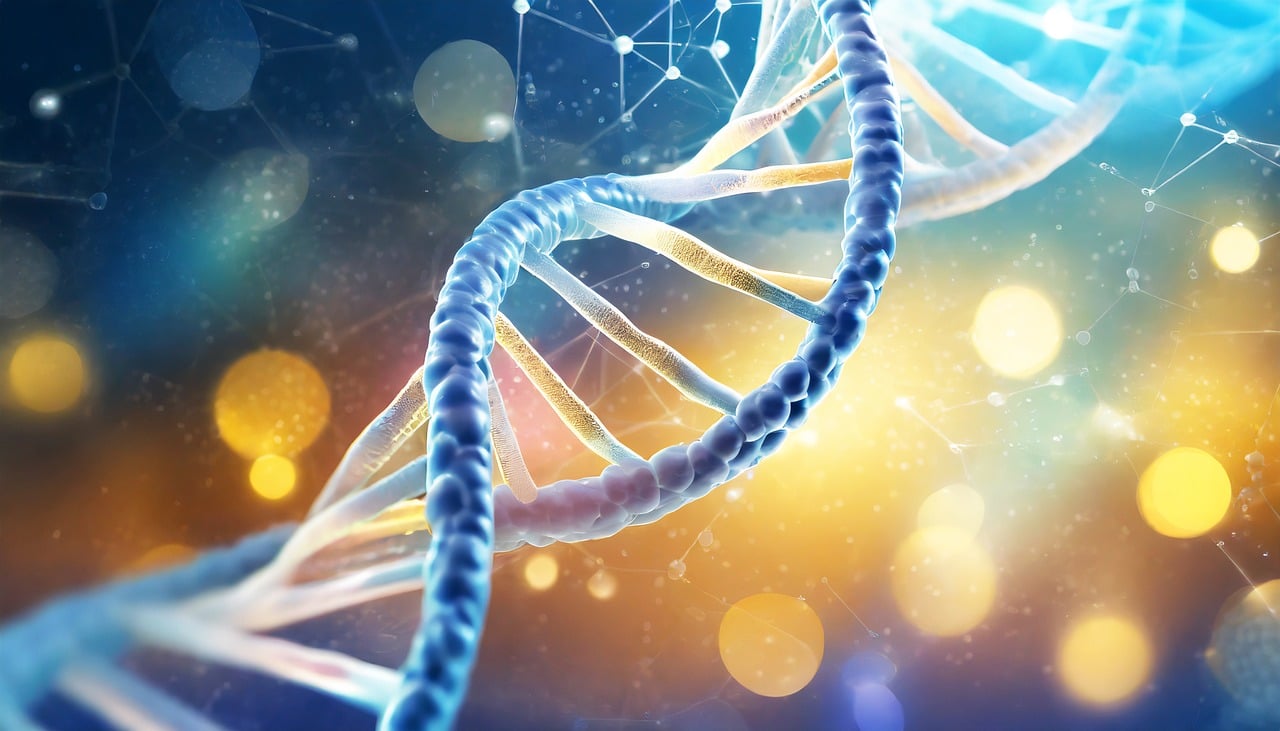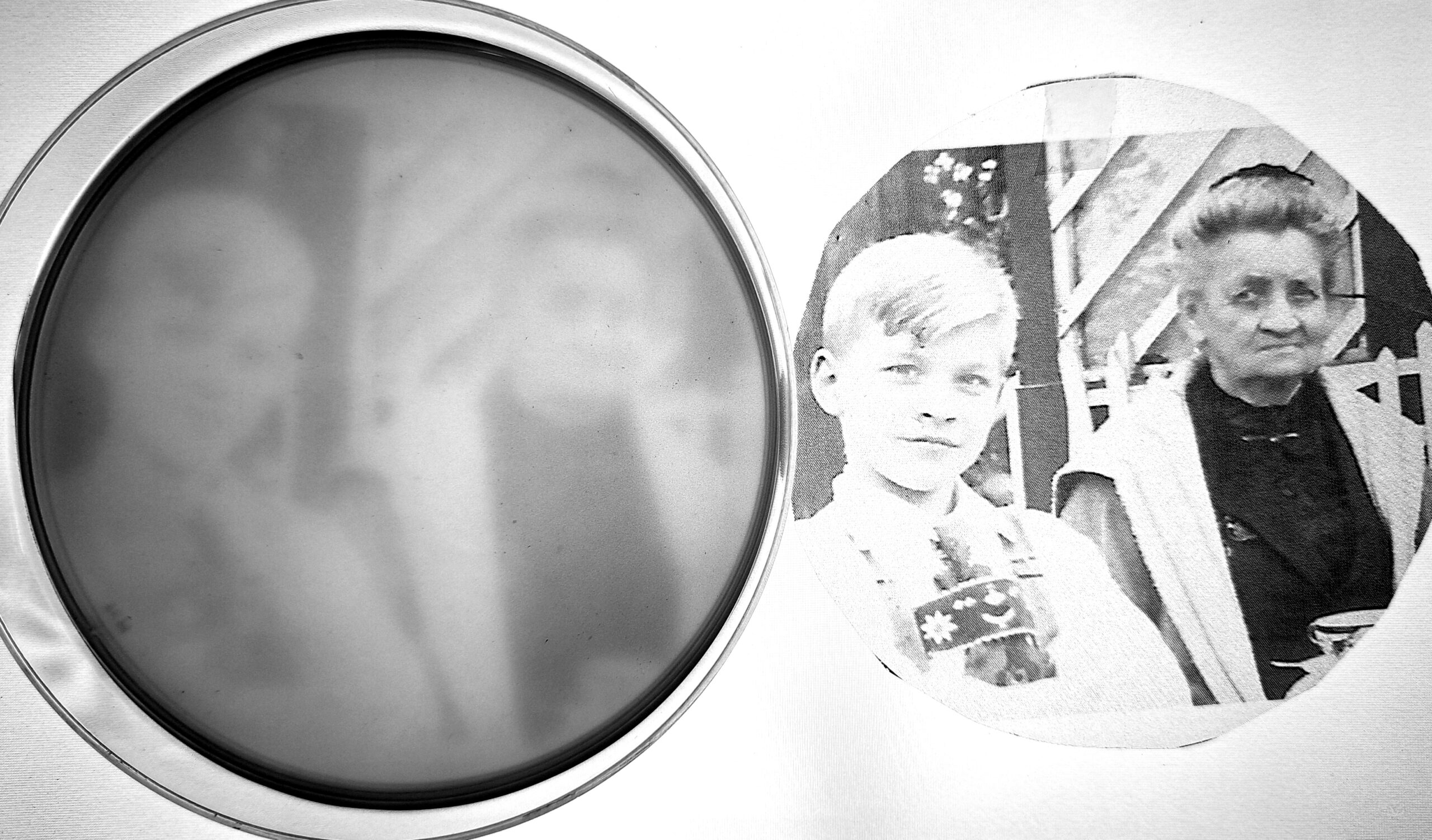Let me begin by saying I love classical music. Brahms’s and Dvorak’s symphonies (here and here respectively) are to die for. I have also played piano and violin for almost two decades. And I performed full concerts on the piano, both as a soloist and with orchestras.
In my experience, any successful orchestral performance comprises talented musicians, a great conductor, and excellent acoustics. But what truly makes them produce beautiful music? Any group of individuals can produce sounds on their own. But an orchestral group can only succeed when a certain component brings them all together: teamwork.
The same applies to microbial communities. Microbes, like us, rarely live alone. How they interact with each other has broad-ranging effects on microbial behavior, environmental conditions, and health outcomes.
Jared Kehe, co-founder and Chief Scientific Officer at Concerto Biosciences, is fully aware of this paradigm. Inspired by classical music, Jared began Concerto Biosciences alongside Cheri Ackerman and Bernardo Cervantes to examine the microbial world with unmatched experimental depth. This effort, in turn, aims to discover breakthrough microbe-based products that harness microbial interactions for human benefit. Their work yielded the kChip, a discovery engine that physically constructs millions of miniature, defined microbial communities simultaneously.
If you love music, microbiology, and teamwork, this interview is for you! Read on to learn why studying microbial interactions will help you develop products and therapeutics that best enhance human health.
The Interview
PN: I first heard of your love of the piano after speaking with your fellow co-founder, Cheri. Tell me more about your love of music and how it oriented you towards Concerto Biosciences.
JK: My musical background informs my work and perspective to my core. And I’m not the only scientist who thinks this way. Music provides an analog; it is both deeply technical—rooted in theory and rules and structures that can be learned and creatively applied—and deeply emotional, a profoundly beautiful language of its own.
Biology is the same. Think about it in this way: The microbial world is one huge musical performance. For 150 years we’ve tried to understand this music — learn the theory behind it — by plucking out each instrument one at a time and listening to how it sounds. We learned the solo music of microbes such as E. coli, S. cerevisiae, and B. subtilis. We developed an impressive understanding of these “instruments”— how to amplify them, modify them, and silence them.
If we’re to compose the music of nature, we haven’t heard nearly enough of it yet to understand all its richness and complexity. We have no idea how these instruments sound together. I want us to be able to compose the microbial world like Beethoven, Mahler, Rachmaninoff composed complex, expressive musical ensembles. Each instrument plays its role, reacting to the others, informed by and informing the others, and synergizing with the others.
PN: My heart sparkled when you mentioned Beethoven and Rachmaninoff. Their piano concerti are must-hear quality, borderline divine even. Was that where you got your company’s name?
JK: Yes, you are right. It’s a reference to a specific type of musical piece where there is one primary instrument, such as a piano, accompanied by an ensemble of supporting instruments. We often think about product design this way: Can we find a supportive combination of microbes that brings out desirable behaviors from a primary target microbe? More broadly, human hosts are much like the primary instrument of their own private concerto. We’re each supported by a massive assemblage of symbiotic microbes that draw out our better health.
PN: We’ve started out this interview talking about microbes in community with one another. Yet historically we’ve focused on single pathogens in our microbiology research. What did we miss from this approach?
JK: Historically, we’ve characterized bacteria with laboratory cultures in a Petri dish. Yet amid those efforts, we have left out many bacteria that could be profiled. Most of them, in fact. That’s because we could only culture a small fraction of the microbial strains we know could occupy an ecosystem. Microbiologists call this “The Great Plate Count Anomaly.”
The phrase is a striking misnomer to me. We were clearly missing something. For me, the true anomaly is the fact that any microbe can grow by itself. Evolution has selected for microbes to be interdependent. Only in the rarest cases do we see the environment provide all the conditions needed for a single microbe to grow. Those bacteria are the anomalies in our world. And not just anomalies — typically those ones are the pathogens that wreak havoc!
PN: What’s intriguing to me is that even after knowing this, we’ve spent a lot of time searching for the one microbe that will give us human health or cause disease directly.
JK: Right! ‘Omics technologies have been an established mainstay of microbiome research. But while it can tell us which microbes are present, which genes are expressed, and which byproducts are secreted, none of this information tells us how microbes behave relative to each other. You wouldn’t treat a human in isolation from everyone else; they may behave differently depending on who they hang out with. It’s the same with bacteria. Just because we find a microbe consistently present among those with a skin condition, doesn’t mean they’re the direct cause. For all we know, they may enable disease by affecting how other skin-dwelling microbes behave. Gaining these kinds of insights with our technologies represents the primary goal for Concerto.
PN: That’s a perfect segue into the core of Concerto Biosciences: the kChip. I’m impressed that it can monitor thousands of microbial interactions at once. How does it work?
JK: Imagine rolling a bunch of colored marbles over a huge table. A bunch of divots have been carved into the table surface. Each divot is designed to accommodate a precise number, say 3, marbles that randomly fall into the divot. Very quickly all your divots will be filled with 3 random marbles each. You know the identity of the marbles within each because you can see their colors. Now shrink this setup down to the size of my hand, and replace marbles with microbial cultures.
That’s a kChip.
Every divot is a tiny “microwell”, each on the order of hundreds of microns across. Instead of marbles, we roll “droplets”, single-nanoliter liquid compartments each containing a microbial culture. Every droplet is color-coded with dyes, and each color maps to a specific microbe within the droplet. Say you generate a grouping of a red, blue, and orange droplets in a microwell; well, we know that represents strains #52, #317, and #642. We do this tens of thousands of times per kChip; and, over the course of running many kChips in a screen, come to generate millions of these combinations.
After all the microwells are filled, we expose a kChip to an electric field that merges all the individual droplet groupings. We monitor the behavior of all of these combinations over time to understand how each combination of microbes interacts and identify those that are performing desirable behaviors.
If you want to read more about the technical aspects of the kChip, you can check out the paper we published in PNAS.
PN: The dyes are used to identify the microbes, but what kinds of behaviors do you care about tracking?
JK: We can track all kinds of behaviors or targets of interest on the kChip. We focus on those most relevant to a given disease. Using optical methods, we can monitor bacterial growth, gene expression, and protein production using our kChip setup for every constructed combination.
PN: I’m just picturing the many aspects of microbial interactions we can monitor with the kChip, and it’s amazing! What aspects of the skin microbiome have you already examined with the kChip?
JK: We were interested in tracking S. aureus behavior within millions of different combinations of skin-dwelling microbes. The thing about S. aureus, like all other microbes, is that each kind of S. aureus, or strain, has differences at the gene level that affect how they behave (See this interview to learn more about strains). Some S. aureus strains possess genes that encode skin-degrading proteases and inflammation-activating toxins, making them more dangerous than others. Even so, just having these microbes doesn’t mean that you will get ill. Those more dangerous strains may encounter other microbes that inhibit those genes and pacify them.
To learn about how skin microbes affect S. aureus, we generated millions of microbe combinations on kChips and spiked in a fluorescently engineered S. aureus into every combination. The amount of fluorescence corresponds to the amount of activity of a specific S. aureus gene, like one that encodes an inflammatory toxin. By doing so, we identified the microbial combinations that most potently suppressed toxin production. That’s just one example—we measured all kinds of S. aureus activities across these combinations.
PN: I believe your efforts have already produced your first microbial product.
JK: Yes, we nominated our first product for restoring S. aureus protection to a deficient skin microbiome based on insights from kChip screening. We call it “Ensemble No. 2” (ENS-002). We composed ENS-002 after generating over 6 million data points on how S. aureus behavior changes in the presence of different skin-dwelling microbial combinations and nutrients. Through these screens, we selected a combination of microbes that inhibited a panel of undesirable S. aureus activities in a manner that was robust to the presence of any other microbes.
PN: The odds of you finding such a combination must be so low. Which makes your discovery even more impressive!
JK: Thank you! It was incredibly brute force: We looked at a tremendous number of miniature skin communities to paint a picture of the interaction network governing the behavior of the skin microbiome. That’s the real vision — to generate enough data to understand how these complex microbial ecosystems behave so we can shepherd them to healthier compositions. ENS-002 is our first attempt at this — and we’re excited to try it out on human beings this summer — but there’s a ton of discovery work to be done if we’re to learn how to engineer these complex systems.
PN: Congratulations on such a major milestone. What’s the best way we can keep in touch about your work?
JK: We love visitors! There is so much edgy, exploratory, and paradigm-shifting science happening in our lab — so much new microbial music to be heard! We invite you to come listen with us.
Check our website (www.concertobio.com) and our LinkedIn (www.linkedin.com/company/concerto-biosciences) as well for updates on our ENS-002 clinical work and discovery initiatives in other areas. We have new projects coming down the pipeline in women’s health and other areas where microbial products are poised to make a real impact.
Author
-

Paul Naphtali is a seasoned online marketing consultant. He brings to the table three years of online marketing and copywriting experience within the life sciences industry. His MSc and PhD experience also provides him with the acumen to understand complex literature and translate it to any audience. This way, he can fulfill his passion for sharing the beauty of biomedical research and inspiring action from his readers.
View all posts




